
Seoul: The Heartbeat of South Korea
Discover Seoul, where ancient history and modern innovation blend seamlessly to create a captivating travel experience in South Korea's vibrant capital.
Seoul is a vibrant city where the past and the future coexist in perfect harmony. As the capital of South Korea, it is a bustling metropolis filled with history, culture, and modern marvels. From ancient palaces and traditional markets to cutting-edge technology and skyscrapers, Seoul offers a unique blend of experiences that captivate every traveler. Start your journey at Gyeongbokgung Palace, the largest of the Five Grand Palaces built during the Joseon Dynasty. Here, you can witness the changing of the guard ceremony and explore the beautiful gardens and pavilions. A short walk away is Bukchon Hanok Village, a picturesque neighborhood filled with traditional Korean houses, offering a glimpse into the country's rich heritage. For a taste of modern Seoul, head to Myeongdong, a bustling shopping district where you can find everything from high-end fashion to street food. Don't miss the chance to visit Dongdaemun Design Plaza, a futuristic building designed by Zaha Hadid that hosts exhibitions, fashion shows, and other events. Seoul is also a city for food lovers. Try traditional dishes like kimchi, bibimbap, and Korean BBQ at local restaurants. Visit Gwangjang Market, one of the oldest traditional markets in Seoul, to sample a variety of street food and pick up some unique souvenirs. Finally, take some time to relax at the Han River, where you can enjoy a leisurely bike ride or a picnic with a view of the city skyline. Whether you're exploring ancient temples or modern art galleries, Seoul's dynamic energy will leave you enchanted.
Local tips in Seoul
- Visit Gyeongbokgung Palace early in the morning to avoid crowds and enjoy a peaceful visit.
- Use the T-money card for convenient and discounted travel on public transportation.
- Learn a few basic Korean phrases to enhance your interactions with locals.
- Try street food at Myeongdong in the evening for a lively and delicious experience.
- Take a Han River cruise at sunset for stunning views of the city.
Neighbourhoods in Seoul
Seoul: The Heartbeat of South Korea
Seoul is a vibrant city where the past and the future coexist in perfect harmony. As the capital of South Korea, it is a bustling metropolis filled with history, culture, and modern marvels. From ancient palaces and traditional markets to cutting-edge technology and skyscrapers, Seoul offers a unique blend of experiences that captivate every traveler. Start your journey at Gyeongbokgung Palace, the largest of the Five Grand Palaces built during the Joseon Dynasty. Here, you can witness the changing of the guard ceremony and explore the beautiful gardens and pavilions. A short walk away is Bukchon Hanok Village, a picturesque neighborhood filled with traditional Korean houses, offering a glimpse into the country's rich heritage. For a taste of modern Seoul, head to Myeongdong, a bustling shopping district where you can find everything from high-end fashion to street food. Don't miss the chance to visit Dongdaemun Design Plaza, a futuristic building designed by Zaha Hadid that hosts exhibitions, fashion shows, and other events. Seoul is also a city for food lovers. Try traditional dishes like kimchi, bibimbap, and Korean BBQ at local restaurants. Visit Gwangjang Market, one of the oldest traditional markets in Seoul, to sample a variety of street food and pick up some unique souvenirs. Finally, take some time to relax at the Han River, where you can enjoy a leisurely bike ride or a picnic with a view of the city skyline. Whether you're exploring ancient temples or modern art galleries, Seoul's dynamic energy will leave you enchanted.
When is the best time to go to Seoul?
Iconic landmarks you can’t miss
N Seoul Tower
Discover breathtaking views and rich cultural experiences at N Seoul Tower, an iconic landmark in the heart of South Korea's capital.

LOTTE WORLD TOWER
Experience the breathtaking views and vibrant atmosphere at Lotte World Tower, South Korea's tallest landmark, in the heart of Seoul.
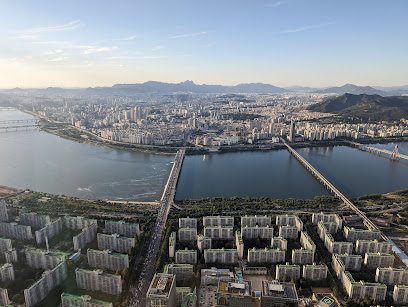
Gyeongbokgung Palace
Explore the majestic Gyeongbokgung Palace, a cultural landmark embodying Korea's royal history and stunning architecture in the heart of Seoul.
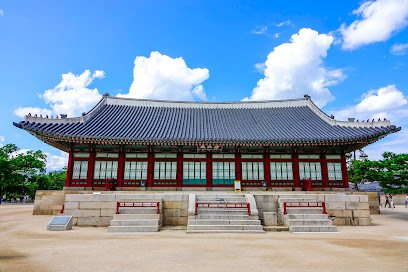
Deoksugung Palace
Discover the enchanting Deoksugung Palace in Seoul, where history and culture blend beautifully in a serene urban oasis.

Bukchon Hanok Village
Discover the rich cultural heritage of Korea at Bukchon Hanok Village, where traditional charm meets modern Seoul.
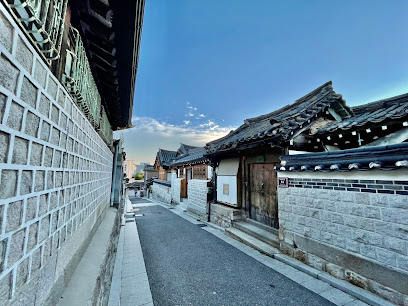
Changdeokgung
Explore the rich history and stunning beauty of Changdeokgung Palace, a UNESCO World Heritage site in the heart of Seoul, South Korea.
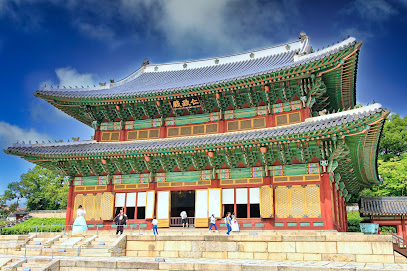
Gwanghwamun Square
Discover the historical heart of Seoul at Gwanghwamun Square, where culture, history, and modernity intertwine in a vibrant urban landscape.
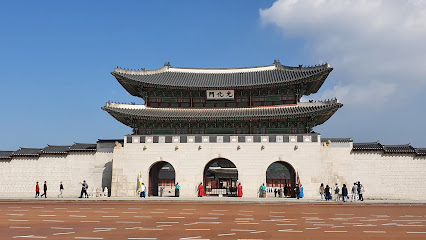
Insadong Culture Street
Discover the vibrant blend of traditional and modern culture at Insadong Culture Street in Seoul, a must-visit for art lovers and foodies alike.
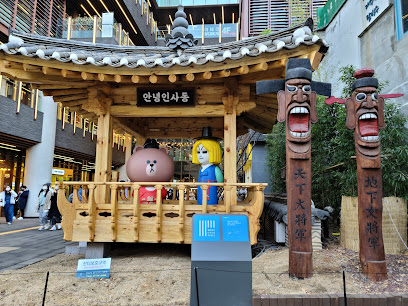
Seoul Forest Park
Explore the tranquil beauty of Seoul Forest Park, a lush urban oasis blending nature with culture in the heart of South Korea's capital.

Namsangol Hanok Village
Discover the beauty of traditional Korean architecture and culture at Namsangol Hanok Village, a serene escape in the heart of Seoul.
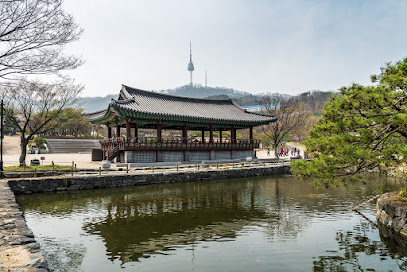
Cheonggyecheon
Discover the beauty and serenity of Cheonggyecheon, an urban park and stream in Seoul that perfectly blends nature with the city's vibrant culture.
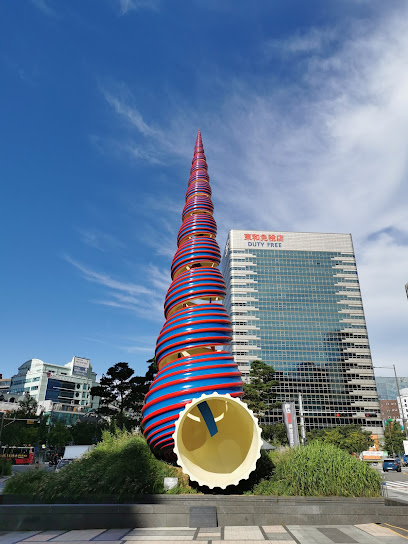
Seodaemun Prison History Hall
Explore Seodaemun Prison History Hall, a poignant historical museum in Seoul that reveals Korea's struggles for independence and human rights.
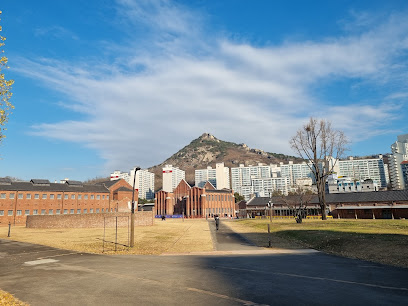
Cheonggye Plaza
Discover the enchanting Cheonggye Plaza, an urban oasis in Seoul where nature and culture beautifully intertwine for an unforgettable experience.
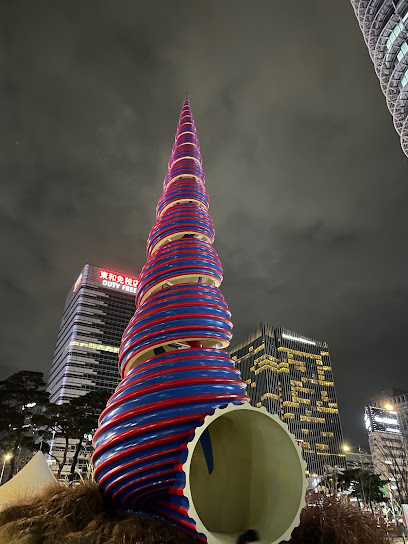
Jogyesa Temple
Immerse yourself in serenity and culture at Jogyesa Temple, a vibrant Buddhist sanctuary in the heart of Seoul, South Korea.

Hongdae Street
Explore the vibrant energy of Hongdae Street, Seoul's cultural hotspot filled with eclectic shops, live performances, and a lively nightlife scene.
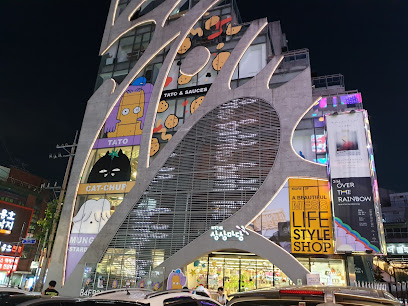
Unmissable attractions to see
Everland
Discover the exhilarating rides, enchanting attractions, and lush gardens at Everland, South Korea's top amusement park for unforgettable family fun.
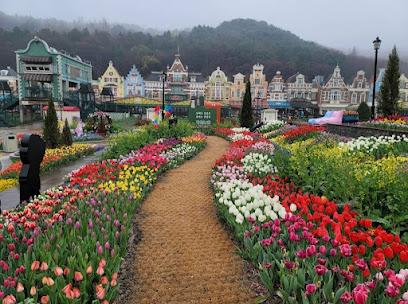
N Seoul Tower
Explore the stunning N Seoul Tower, a cultural landmark offering breathtaking views and unforgettable experiences in the heart of Seoul.
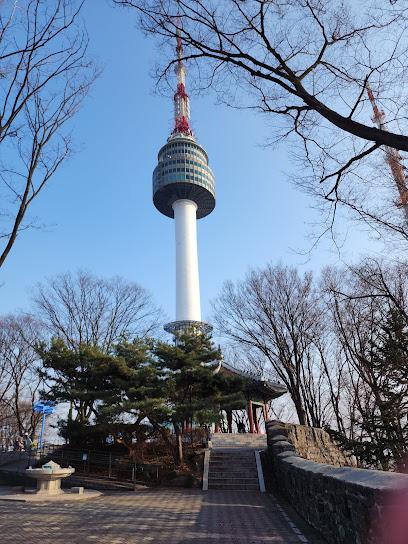
Lotte World
Discover the thrill of Lotte World, Seoul's premier amusement park, blending excitement, culture, and family fun in one unforgettable experience.

Gyeongbokgung Palace
Explore Gyeongbokgung Palace in Seoul, a stunning cultural landmark and tourist attraction showcasing Korea's royal history and exquisite architecture.
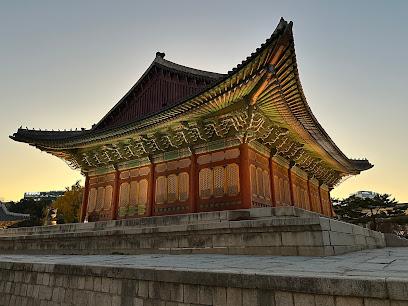
Gwangjang Market
Discover the flavors and fabrics of Korea at Gwangjang Market, a vibrant traditional market in Seoul filled with authentic street food and local crafts.
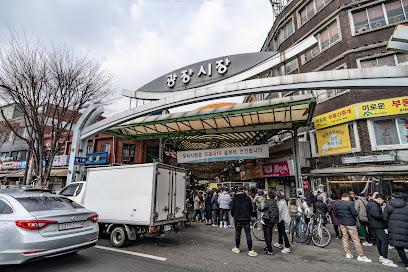
Dongdaemun Design Plaza (DDP)
Explore the Dongdaemun Design Plaza, a stunning cultural center in Seoul renowned for its futuristic architecture, art exhibitions, and vibrant fashion scene.

National Museum of Korea
Discover the rich history and culture of Korea at the National Museum of Korea, home to thousands of artifacts and stunning exhibitions in Seoul.
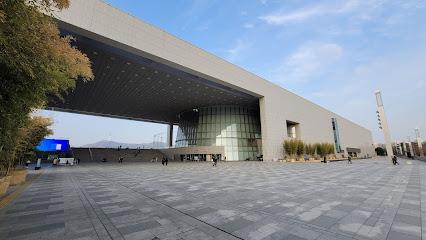
Noryangjin Fisheries Wholesale Market
Discover the vibrant atmosphere and fresh seafood of Noryangjin Fisheries Wholesale Market, a culinary treasure in the heart of Seoul.
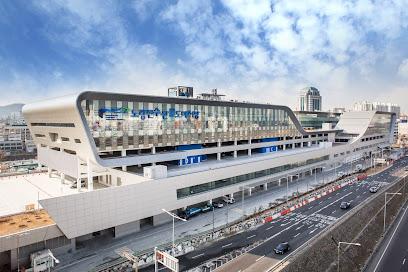
National Museum of Korea
Explore Korea's rich heritage and culture at the National Museum of Korea, the largest museum dedicated to Korean art and history.
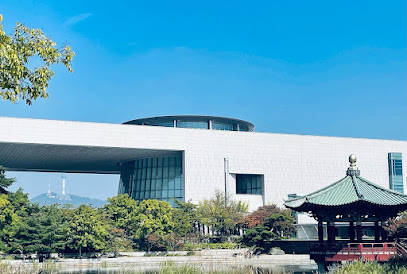
Deoksugung Palace
Experience the historical charm of Deoksugung Palace in Seoul, where royal heritage meets modern vibrancy in a stunning cultural landmark.
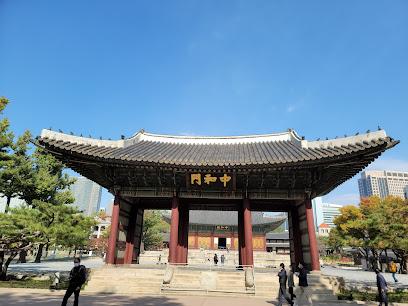
Bukchon Hanok Village
Explore the rich heritage and stunning architecture of Bukchon Hanok Village, a cultural landmark in the heart of Seoul that showcases traditional Korean life.
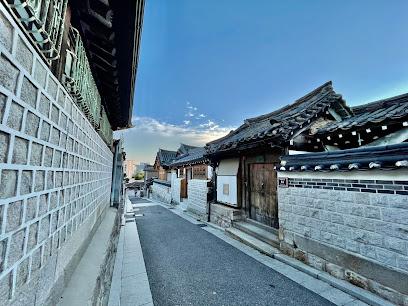
War Memorial of Korea
Discover the poignant history of Korea at the War Memorial of Korea, a museum dedicated to honoring sacrifices and promoting peace.
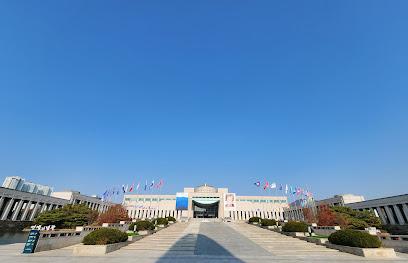
Yeouido Hangang Park
Experience tranquility and adventure at Yeouido Hangang Park, the perfect riverside retreat in Seoul with breathtaking views and endless activities.
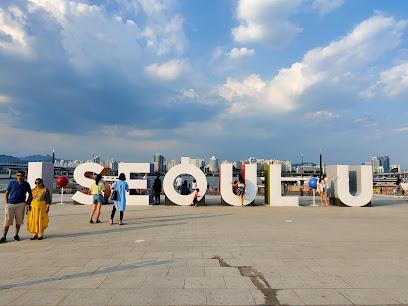
Garden of Morning Calm
Explore the enchanting Garden of Morning Calm in Gapyeong-gun, where nature's beauty and tranquility come together in a breathtaking arboretum experience.

Korean Folk Village
Explore Korea's rich heritage at Korean Folk Village, where tradition meets entertainment in a beautiful scenic setting.
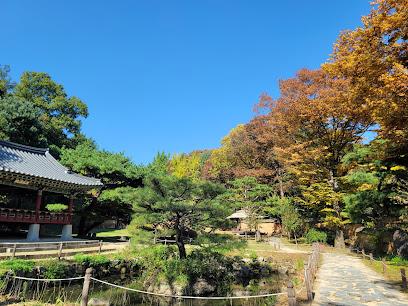
Essential places to dine
مطعم البتراء Petra Restaurant
Discover the authentic flavors of Middle Eastern cuisine at Petra Restaurant in Yongsan-gu, Seoul - a must-visit Halal dining destination.
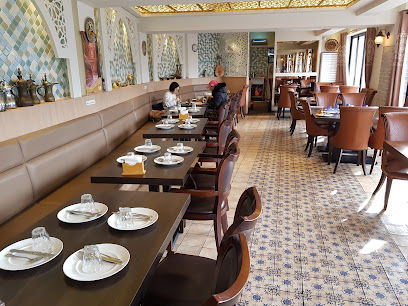
Urban Garden
Discover Urban Garden in Seoul – where authentic Italian flavors meet contemporary elegance in a vibrant atmosphere.
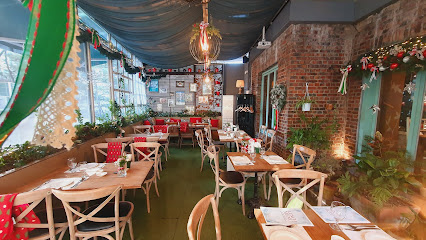
Mokmyeoksanbang
Savor authentic Korean cuisine at Mokmyeoksanbang in Jung-gu, Seoul - where tradition meets taste in every dish.
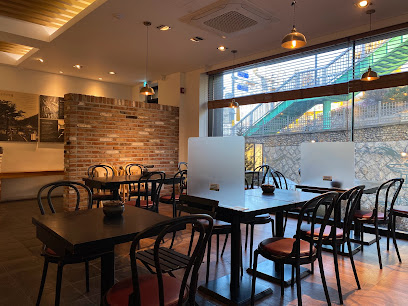
Jungsik Seoul
Discover modern Korean cuisine at Jungsik Seoul – where tradition meets innovation in every exquisite dish.
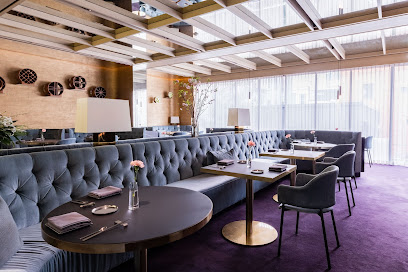
Kampungku Restaurant
Discover the vibrant flavors of Southeast Asia at Kampungku Restaurant, Seoul's premier halal dining destination.
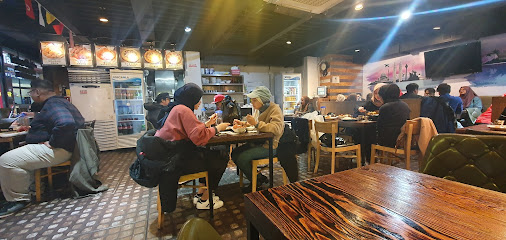
Braai Republic
Discover the vibrant flavors of South African cuisine at Braai Republic, a unique dining experience in the heart of Seoul.

Yang Good
Discover authentic Korean flavors at Yang Good in Seoul - where tradition meets modern dining.
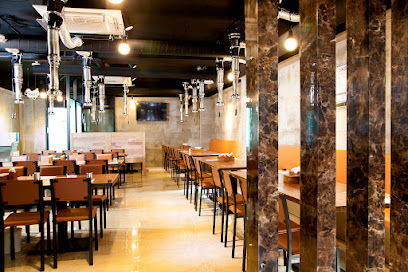
Flavors
Experience the culinary artistry of Flavors at JW Marriott Hotel Seoul, where Korean tradition meets global tastes in an elegant setting.

Maple Tree House
Discover the rich flavors of authentic Korean BBQ at Maple Tree House in Yongsan-gu - a culinary gem in Seoul.
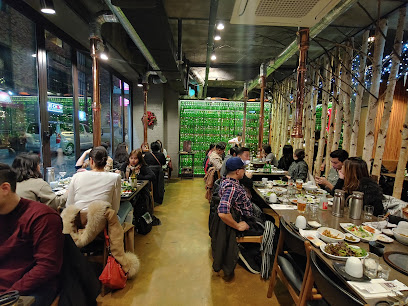
Gusto Taco
Experience authentic Mexican cuisine at Gusto Taco in Seoul's Mapo-gu district - where every dish tells a flavorful story.
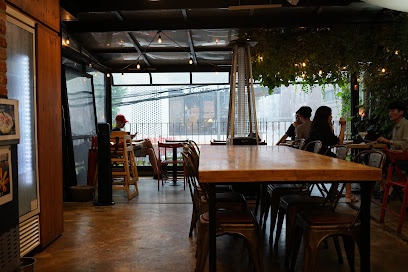
Fortune Restaurant
Savor authentic Russian flavors at Fortune Restaurant in Seoul—where tradition meets taste in every dish.
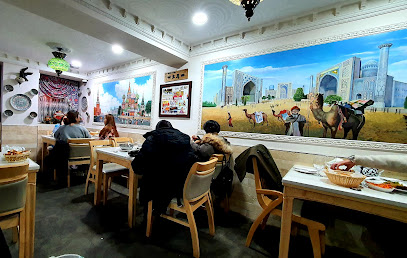
Walking on the Cloud
Experience fine dining at its best while enjoying breathtaking views of Seoul's skyline at Walking on the Cloud.
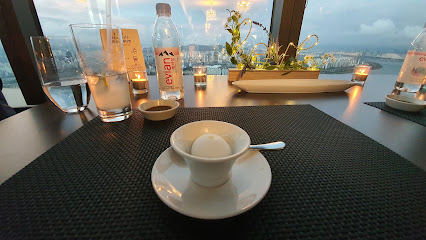
Jyoti Indian Restaurant
Discover authentic Indian cuisine at Jyoti Indian Restaurant in Mapo-gu, Seoul – a culinary delight for all palates with vegan and halal options.
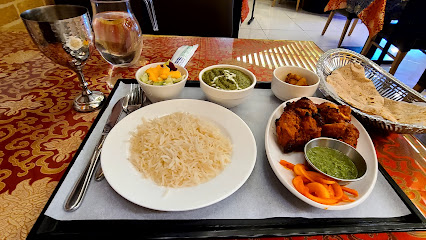
The Market Kitchen
Explore culinary excellence at The Market Kitchen in Seoul with an expansive buffet featuring global flavors and local specialties.
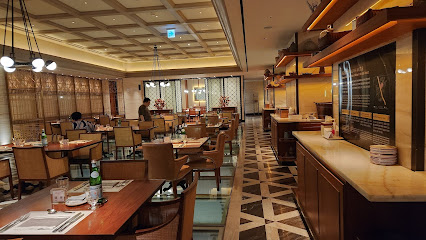
Mingles
Discover exquisite Korean cuisine at Mingles in Gangnam—where tradition meets innovation for an unforgettable dining experience.
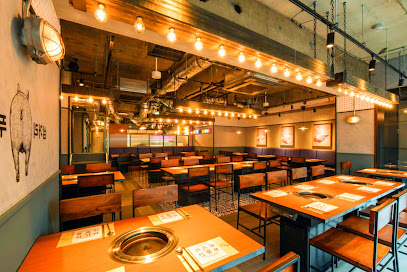
Markets, malls and hidden boutiques
LOTTE Department Store Main Store
Discover an extraordinary shopping experience at LOTTE Department Store Main Store, where luxury brands and local treasures await in the heart of Seoul.
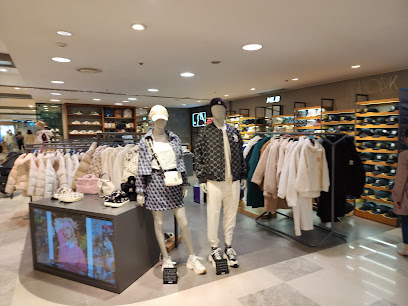
Shinsegae Department Store Main Store
Discover the ultimate shopping experience at Shinsegae Department Store, Seoul's premier destination for luxury, cuisine, and culture.
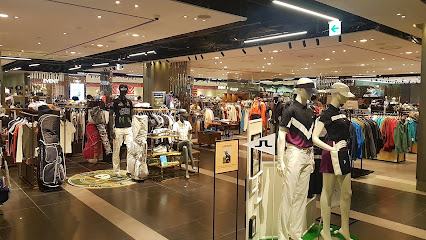
Hongdae Shopping Street
Discover the vibrant culture of Hongdae Shopping Street in Seoul, a bustling hub of fashion, food, and nightlife experiences.
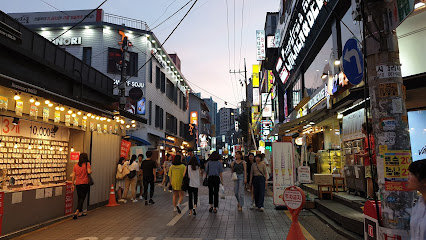
Myeongdong Underground Shopping Center
Discover the bustling Myeongdong Underground Shopping Center, where fashion meets flavor in the heart of Seoul's vibrant shopping scene.
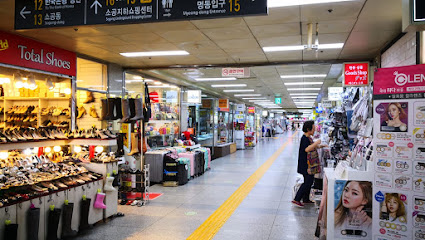
LOTTE OUTLETS Seoul Station
Experience the ultimate shopping paradise at LOTTE OUTLETS Seoul Station, where luxury brands meet local treasures in a stunning setting.
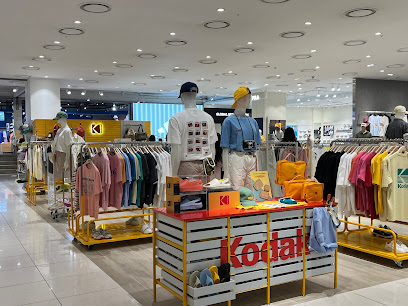
Myeondong Shopping Street
Discover Myeongdong Shopping Street, a vibrant hub in Seoul filled with shopping, street food, and cultural experiences that capture the city's essence.
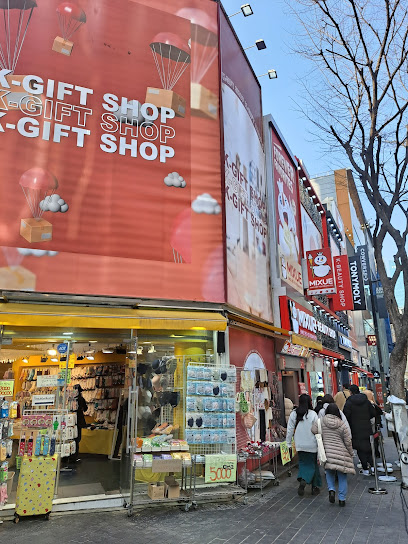
Dongdaemun Shopping Complex, Seoul
Discover the diverse offerings at Dongdaemun Shopping Complex, where culture meets commerce in the heart of Seoul.
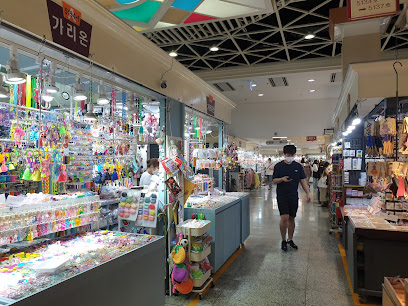
Itaewon Antique Furniture Street
Explore the eclectic charm of Itaewon Antique Furniture Street, where vintage treasures meet modern creativity in the heart of Seoul.
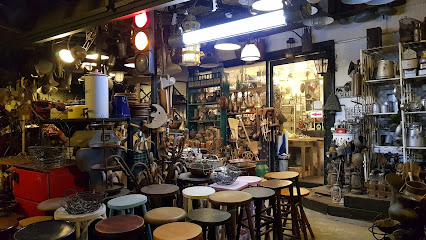
BOONTHESHOP
Discover the elegance of high fashion at Boontheshop in Gangnam, Seoul - a must-visit boutique for trendsetters and style lovers.
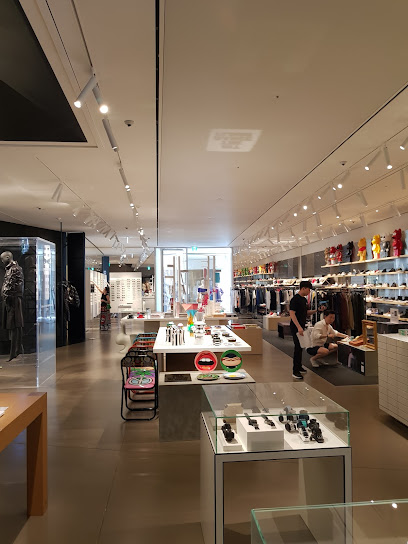
Object
Explore a charming souvenir store in Jongno District, Seoul, offering unique gifts and local crafts that reflect Korea's rich culture and heritage.
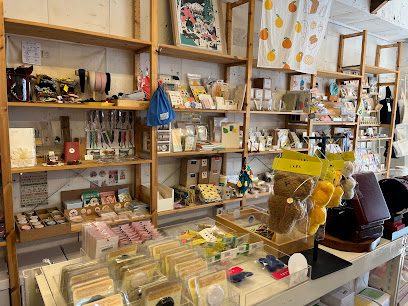
MSK SHOP / Cafe Coin (Manado disk Shop)
Explore the essence of Korean fashion at MSK SHOP / Cafe Coin, where unique styles and exceptional quality meet in the heart of Seoul.
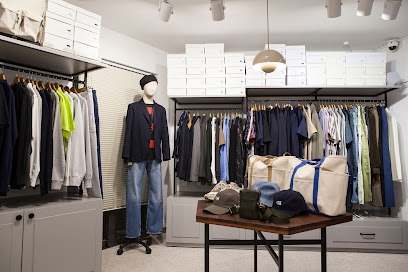
Hoehyeon Underground Shopping Center
Discover the Hoehyeon Underground Shopping Center, Seoul's bustling hub for fashion, electronics, and delightful Korean snacks in a clean and vibrant atmosphere.
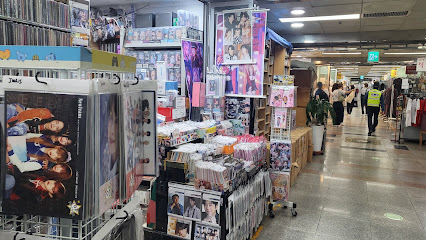
mindthings
Explore the creative wonders of Mindthings in Seoul, a stationery store filled with unique gifts and artistic treasures for every enthusiast.
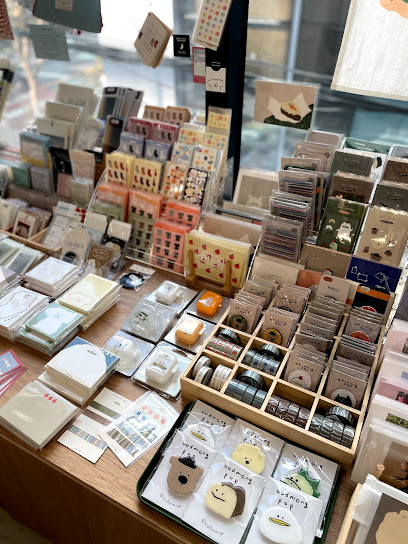
Illusien
Explore Illusien, a whimsical gift shop in the heart of Seoul, offering unique souvenirs and creative treasures that capture the city's spirit.

Van Cleef & Arpels (Seoul - Duty Free Shilla)
Explore luxury and elegance at Van Cleef & Arpels in Seoul's Shilla Duty Free, offering exquisite jewelry, watches, and perfumes.

Essential bars & hidden hideouts
Prost Pub & Grill, Seoul
Discover the lively atmosphere and delicious offerings at Prost Pub & Grill, a top destination for nightlife in Seoul's vibrant Itaewon district.
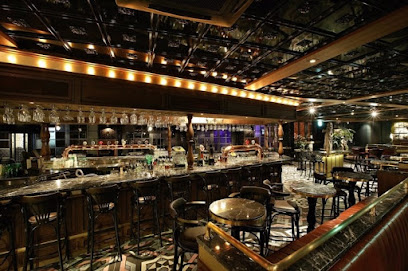
Southside Parlor
Discover Southside Parlor, a trendy cocktail bar in Yongsan-gu, Seoul, offering American cuisine and a vibrant nightlife experience.
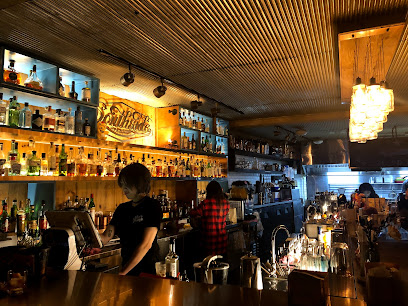
Le Chamber
Discover the charm of Le Chamber, a sophisticated lounge in Gangnam, Seoul, offering bespoke cocktails and an elegant speakeasy ambiance.
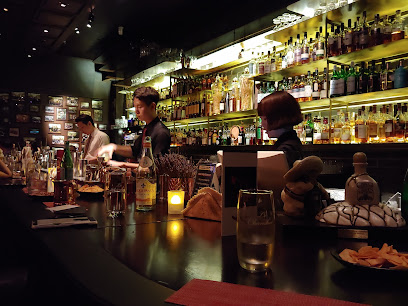
찰스 H Charles H.
Discover the elegance and vibrant atmosphere of Charles H. in Seoul, where exquisite drinks and gourmet dishes await every visitor.
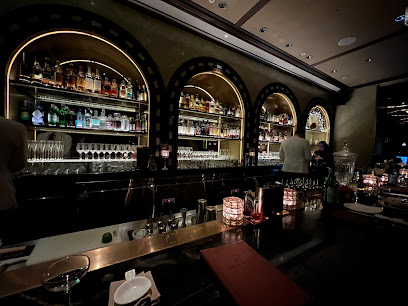
Alice Cheongdam
Discover the vibrant nightlife of Gangnam at Alice Cheongdam, a trendy bar offering exquisite cocktails and a chic atmosphere.

Cobbler
Discover the vibrant nightlife of Seoul at Cobbler, a cocktail bar where innovative mixology meets a cozy atmosphere, perfect for all occasions.
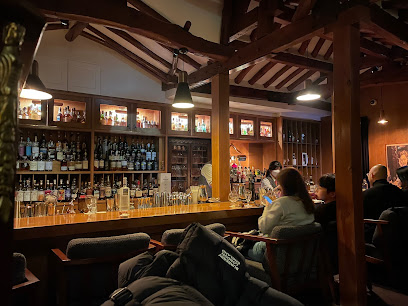
Bar Cham
Experience the art of mixology at Bar Cham, Seoul's premier cocktail bar offering innovative drinks in a chic atmosphere.
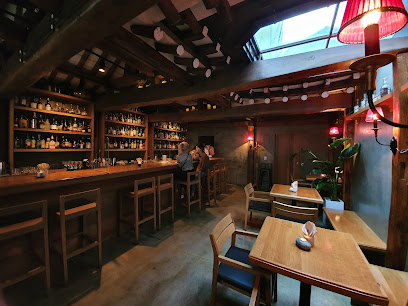
ZEST SEOUL
Experience the vibrant nightlife of Gangnam at ZEST SEOUL, where innovative cocktails and chic ambiance come together.

Tender Bar
Experience Seoul's vibrant nightlife at Tender Bar, where expertly crafted cocktails and a lively atmosphere await you.
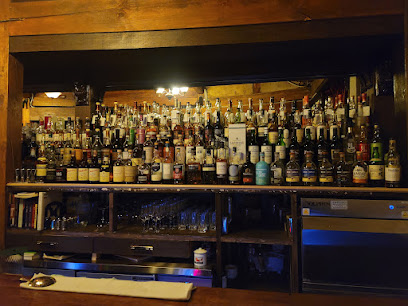
Ugly Society
Experience the vibrant nightlife of Seoul at Ugly Society, where creative cocktails and quirky decor come together for an unforgettable evening.
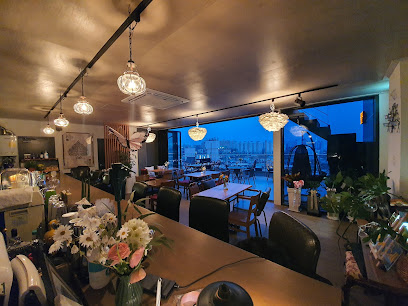
Blacklist
Discover Blacklist, a top-rated cocktail bar and restaurant in Itaewon, Seoul, offering an unforgettable nightlife experience with exquisite drinks and delicious food.
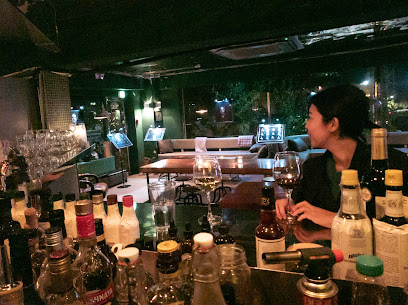
BAR SOKO
Discover Bar Soko, a stylish cocktail bar in Yongsan-gu, Seoul, offering expertly crafted drinks and a vibrant nightlife experience.
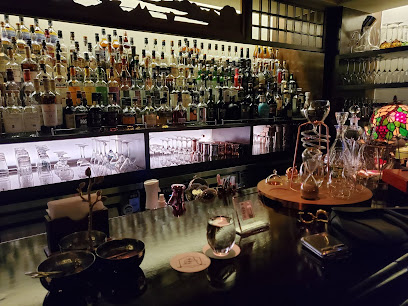
Bar 420
Experience the perfect blend of wine, coffee, and Portuguese cuisine at Bar 420 in Jongno District, Seoul - a must-visit for every traveler.
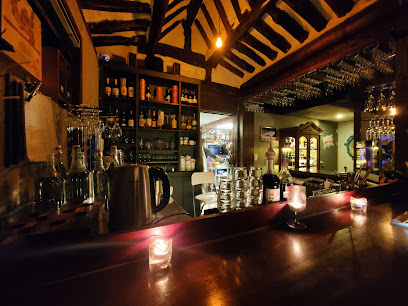
The Griffin Bar, Jongno-gu
Experience the sophistication of The Griffin Bar in Jongno-gu, Seoul, where artisanal cocktails and a chic ambiance await every visitor.
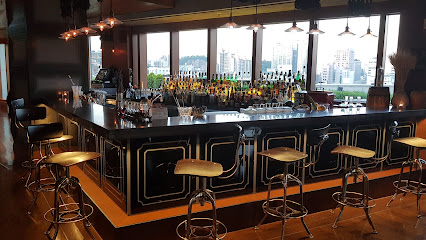
Sangsu-ri Acorn Bar 상수리
Discover the cozy charm of Sangsu-ri Acorn Bar in Mapo-gu, where exquisite drinks and a welcoming atmosphere await every traveler.
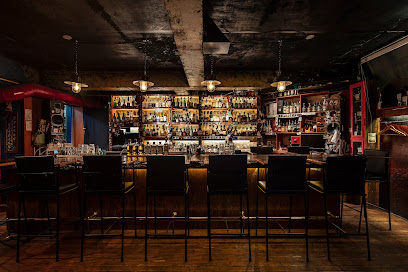
Local Phrases
-
- Hello안녕하세요
[annyeonghaseyo] - Goodbye안녕히 가세요
[annyeonghi gaseyo] - Yes네
[ne] - No아니요
[aniyo] - Please/You're welcome부탁합니다/천만에요
[butakhamnida/cheonmaneyo] - Thank you감사합니다
[gamsahamnida] - Excuse me/Sorry죄송합니다
[joesonghamnida] - How are you?어떻게 지내세요?
[eotteoke jinaeseyo?] - Fine. And you?잘 지내고요. 당신은요?
[jal jinaegoyo. dangsineunyo?] - Do you speak English?영어 할 줄 아세요?
[yeongeo hal jul aseyo?] - I don't understand이해하지 못해요
[ihaehaji mothaeyo]
- Hello안녕하세요
-
- I'd like to see the menu, please메뉴를 보여주세요
[menyureul boyeojuseyo] - I don't eat meat고기를 먹지 않아요
[gogireul meokji anayo] - Cheers!건배!
[geonbae!] - I would like to pay, please계산해주세요
[gyesanhajuseyo]
- I'd like to see the menu, please메뉴를 보여주세요
-
- Help!도와주세요!
[dowajuseyo!] - Go away!가라!
[gara!] - Call the Police!경찰을 불러주세요!
[gyeongchareul bulleojuseyo!] - Call a doctor!의사를 불러주세요!
[uisareul bulleojuseyo!] - I'm lost길을 잃었어요
[gireul ilheosseoyo] - I'm ill아파요
[apayo]
- Help!도와주세요!
-
- I'd like to buy......을(를) 사고 싶어요
[...eul(reul) sago sipeoyo] - I'm just looking구경만 하고 있어요
[gugyeongman hago isseoyo] - How much is it?얼마에요?
[eolmaeyo?] - That's too expensive너무 비싸요
[neomu bissayo] - Can you lower the price?가격을 내려주세요
[gageogeul naeryeojuseyo]
- I'd like to buy......을(를) 사고 싶어요
-
- What time is it?지금 몇 시에요?
[jigeum myeot sieyo?] - It's one o'clock한 시에요
[han sieyo] - Half past (10)열 시 반
[yeol si ban] - Morning아침
[achim] - Afternoon오후
[ohu] - Evening저녁
[jeonyeok] - Yesterday어제
[eoje] - Today오늘
[oneul] - Tomorrow내일
[naeil] - 1일
[il] - 2이
[i] - 3삼
[sam] - 4사
[sa] - 5오
[o] - 6육
[yuk] - 7칠
[chil] - 8팔
[pal] - 9구
[gu] - 10십
[ship]
- What time is it?지금 몇 시에요?
-
- Where's a/the...?...이/가 어디에 있어요?
[...i/ga eodie isseoyo?] - What's the address?주소가 뭐에요?
[jusoga mwoeyo?] - Can you show me (on the map)?지도로 보여주세요
[jidoro boyeojuseyo] - When's the next (bus)?다음 버스는 언제에요?
[daeum beoseuneun eonjeeyo?] - A ticket (to ....)표 한 장 주세요 (....으로)
[pyo han jang juseyo (....euro)]
- Where's a/the...?...이/가 어디에 있어요?
History of Seoul
-
Seoul's history dates back over 2,000 years to the early Baekje Kingdom, which established the city of Hanseong (modern-day Seoul) in 18 BCE. Hanseong Baekje was one of the Three Kingdoms of Korea and served as an important cultural and political center. Archaeological sites such as the Mongchon Toseong earthen fortification and Pungnap Toseong earthen wall are remnants of this ancient era.
-
In 1394, King Taejo of the Joseon Dynasty moved the capital to Hanyang, which is present-day Seoul. This marked the beginning of Seoul as a central hub for Korean culture, politics, and economics. The construction of Gyeongbokgung Palace, the main royal palace, began shortly after and became a symbol of the dynasty's power and heritage. The city's layout was meticulously planned, with fortresses, gates, and walls that still stand today, such as Namdaemun (Sungnyemun) and Dongdaemun (Heunginjimun).
-
From 1910 to 1945, Seoul was under Japanese colonial rule, a period marked by significant changes and hardships for the Korean people. The city was renamed Keijo and underwent extensive urban development, including the construction of modern infrastructure such as roads, railways, and buildings that influenced its architectural landscape. Despite the oppression, Korean resistance movements and cultural preservation efforts continued to thrive, laying the groundwork for future independence.
-
After World War II ended in 1945, Korea gained independence from Japanese rule, and Seoul became the capital of South Korea. However, the Korean War (1950-1953) brought devastation to the city, with many historical sites and buildings destroyed. The war left a profound impact on the city's development, leading to rapid reconstruction and modernization efforts in the post-war era. Seoul's transformation into a thriving metropolis began during this time.
-
Seoul's modern era is characterized by rapid economic growth and technological innovation, often referred to as the 'Miracle on the Han River.' Starting in the 1960s, the city underwent tremendous urban expansion and modernization, becoming a global economic powerhouse. Landmark projects such as the construction of the Seoul Metropolitan Subway, the development of Gangnam District, and the hosting of the 1988 Summer Olympics showcased Seoul's emergence as a vibrant, dynamic city on the world stage.
-
In recent years, Seoul has embraced a cultural renaissance, balancing preservation of its rich heritage with innovative advancements. The restoration of historical sites like Gyeongbokgung Palace and the creation of cultural spaces such as the Dongdaemun Design Plaza highlight the city's commitment to honoring its past while fostering contemporary creativity. Seoul's thriving arts scene, culinary innovations, and K-pop phenomenon further cement its status as a cultural epicenter.
Seoul Essentials
-
Seoul, South Korea's capital, is well-connected globally. The primary gateway is Incheon International Airport (ICN), located about 60 kilometers west of the city. Gimpo International Airport (GMP) serves domestic flights and some regional international flights. From Incheon Airport, you can reach Seoul by Airport Railroad Express (AREX), airport limousine buses, or taxis. The AREX offers both an express service directly to Seoul Station and an all-stop service that connects to various subway lines.
-
Seoul boasts an extensive and efficient public transportation network, including subways, buses, and taxis. The Seoul Metropolitan Subway is one of the most efficient ways to navigate the city, with signs and announcements in both Korean and English. The T-money card can be used for subway, bus rides, and even taxis. Buses are color-coded for convenience: blue for long-distance routes, green for short-distance, yellow for circular routes, and red for express buses. Taxis are plentiful and relatively affordable; however, it can be beneficial to have your destination written in Korean.
-
The official currency of South Korea is the South Korean Won (KRW). Credit and debit cards are widely accepted in Seoul, including in most hotels, restaurants, and shops. However, it’s advisable to carry some cash for smaller establishments, street vendors, and markets. ATMs are abundant and often offer services in multiple languages. Currency exchange services are available at the airport, banks, and dedicated currency exchange booths throughout the city.
-
Seoul is generally a very safe city with low crime rates. However, like any major city, it's wise to exercise standard precautions. Areas such as Itaewon and Hongdae, known for their nightlife, can be more prone to petty crimes like pickpocketing, especially during late hours. Always keep an eye on your belongings and avoid walking alone in secluded areas at night. The city is well-monitored with CCTV, and police presence is strong.
-
In case of an emergency, dial 112 for police assistance and 119 for fire or medical emergencies. Many operators can speak English. Seoul has numerous hospitals and clinics, some with international clinics providing services in various languages. Pharmacies are widespread and often operate late into the night. It is highly recommended to have travel insurance that covers medical emergencies.
-
Fashion: Do dress modestly. While Seoul is quite fashion-forward, overly revealing clothing might attract unwanted attention. Religion: Do respect religious sites, such as temples and churches. Remove your shoes when entering and dress conservatively. Public Transport: Do give up your seat to elderly passengers and don’t talk loudly on your phone. Eating & Drinking: Do use chopsticks properly and try local dishes. Don't leave a tip, as it is not customary in South Korea. Greetings: Do bow slightly when greeting someone, along with a handshake. Don't address someone by their first name unless invited to do so.
-
To experience Seoul like a local, explore traditional markets such as Gwangjang Market for street food and Namdaemun Market for shopping. Take a stroll along the Cheonggyecheon Stream or enjoy a hike in Bukhansan National Park. Engage with locals in cafes or parks; they are often friendly and curious about foreign visitors. Don’t miss visiting a jjimjilbang (Korean spa) for a unique cultural experience.
Trending Landmark in Seoul
Nearby Cities to Seoul
-
Things To Do in Incheon
-
Things To Do in Suwon
-
Things To Do in Chuncheon
-
Things To Do in Daejeon
-
Things To Do in Andong
-
Things To Do in Jeonju
-
Things To Do in Daegu
-
Things To Do in Pohang
-
Things To Do in Gwangju
-
Things To Do in Gyeongju
-
Things To Do in Suncheon
-
Things To Do in Ulsan
-
Things To Do in Mokpo
-
Things To Do in Busan
-
Things To Do in Jeju City


















